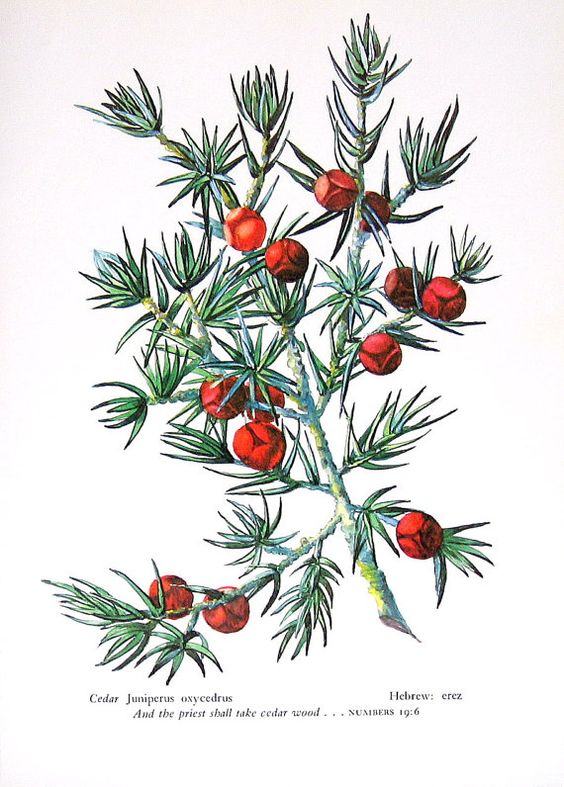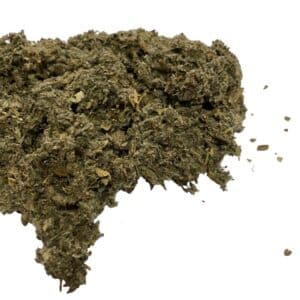Cade Essential Oil-Juniperus oxycedrus – 100% Pure
£10.50 – £22.00
BOTANICAL NAME: Juniperus oxycedrus
SCENT: Cade Essential Oil has an intense, tar-like, woody, dry, smoky phenolic odour
STRENGTH OF AROMA: Medium
PLANT PART USED: Wood
EXTRACTION METHOD: Steam Distillation. It is a rectified oil and NOT CRUDE. The crude oil is outlawed throughout the EU. Rectification is a process of double distillation to remove impurities that could be harmful
ORIGIN: France
COLOUR: Cade Essential Oil has a dark brown hue
CONSISTENCY: Medium
NOTE: Base
Juniperus oxycedrus from which this oil, Cade, is distilled, is a large evergreen shrub which grows up to 13ft high, with long dark needles and brownish-black berries about the size of hazelnuts. It belongs to the Juniper family. The essential oil is obtained by destructive distillation from the branches and heartwood.
Reported Attributes of Cade Essential Oil:-
Traditional and Emotional uses reportedly include:-
It has no no known aromatherapy associations.
Essential oil of Cade is sometimes used as an ingredient in lineaments and ointments for chronic skin diseases of the scaly and moist types, such as eczema, psoriasis, and prurigo, and in parasitic disorders and various types of ringworm. It is an analgesic, and also antimicrobial, antiseptic, disinfectant, parasiticide, and vermifuge.
Cade Blends Well With:-
Cedarwood; Clove Bud; Labdanum; Origanum; Rosemary; Thyme
History of Cade:-
This evergreen shrub or small tree is native to the Mediterranean region and is widespread throughout. The bush is naturally cone-shaped and very prickly-leaved, but will lose its shape with age. Juniperus oxycedrus can be found in pine forests and on rocky mountain slopes, as well as the acid Maquis and limestone Garrigue, but it grows slowly on these thin soils.
At higher altitudes Juniperus oxycedrus is replaced by Common Juniper, J. communis, with its edible blue berries. At the dividing line, the two species are sometimes found growing together. It can be identified by its greyer appearance at a distance or by the double white stripe on the sharp little (16 mm) leaves in close-up. The female cones (little berry-like flowers) start out green, then turn a reddish-brown.
The shape of the bush shows the sex: the green berries of the female plant drag the branches down, giving it an overall droopy shape, the male plant has only flowers, and is clearly cone-shaped.
| Size (ml) | 100ml, 10ml, 200ml, 25ml, 2ml, 50ml, 5ml, sampler |
|---|





